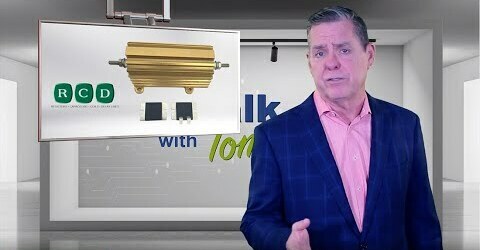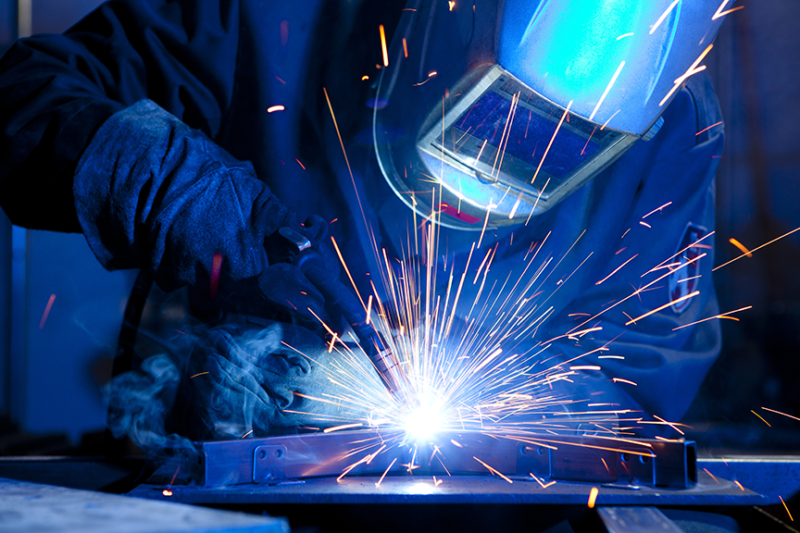Johanson Dielectrics has recently accomplished their first series of qualifications of their X2Y Low Inductance EMI Filter and Power Bypass Capacitors line against the Automotive Electronic Council’s specification for AEC-Q-200, a component stress testing.
Size 0603, X7R 0.047, 0.100, and 0.220 µF are qualified with extra parts in process or additional application demand.
The following is a little bit about Johanson Dielectrics Inc.: this company is known around the world for their production of high quality ceramic chip capacitors for more than 30 years. A large emphasis is placed on their customer service as they maintain long term sourcing relationships through quick service, competitive cost and lead times and top of the line product quality. Johanson Dielectrics both designs and manufactures capacitors at their buildings in Sylmar and Camarillo, California as well as Guangdong, China. The following certifications are carried by Johnason factories: ISO/TS 16949, ISO 9001:2000 and RoHS Compliance
EMI Filtering:
The X2Y® component holds two shunt or “line-to-ground” Y capacitors. Ultra-low ESL (equivalent series inductance) and tightly matched inductance of these capacitors enables unmatched high frequency Common-Mode noise filtering with low noise mode conversion. X2Y® components reduce EMI emissions more effectively than unbalanced discrete shunt capacitors or series inductive filters. Differential signal loss is determined by the cut off frequency of the single line-to-ground (Y) capacitor value of an X2Y®.
Power Bypass / Decoupling
For Power Bypass applications, X2Ys® two “Y” capacitors are connected in parallel. This doubles the total capacitance and reduces their mounted inductance by 80% or 1/5th the mounted inductance of comparable sized MLC capacitors enabling high-performance bypass networks with much less components and vias. Low ESL delivers improved High Frequency performance into the GHz range.
Common Traits with Conventional MLCC
- Same component sizes (0603, 0805, 1206, etc.)
- Same pick and place equipment
- Same voltage ratings
- Same dielectric, electrode and termination materials
- Same industry test standards for component reliability







